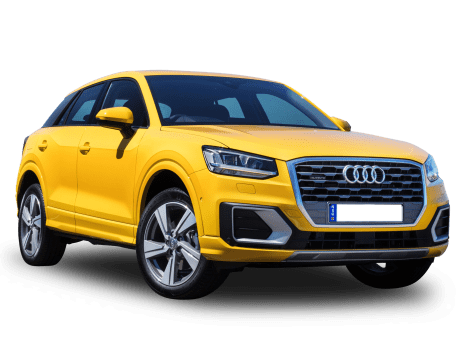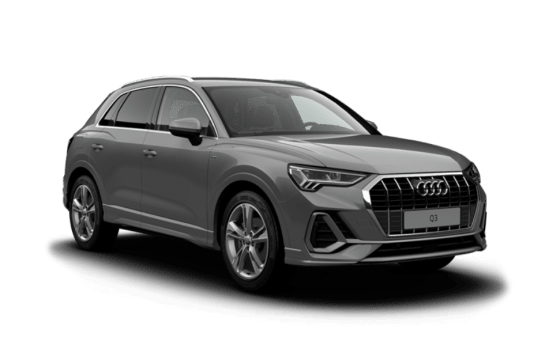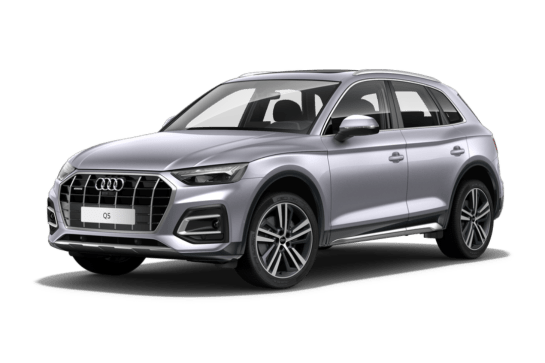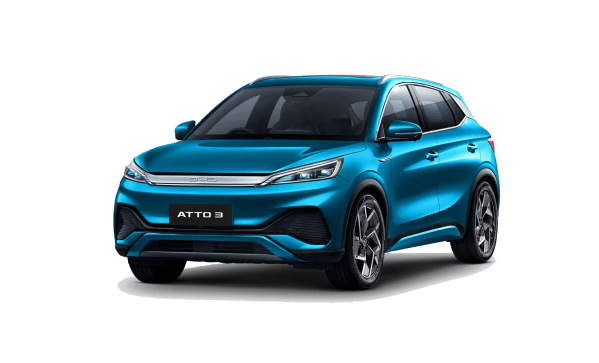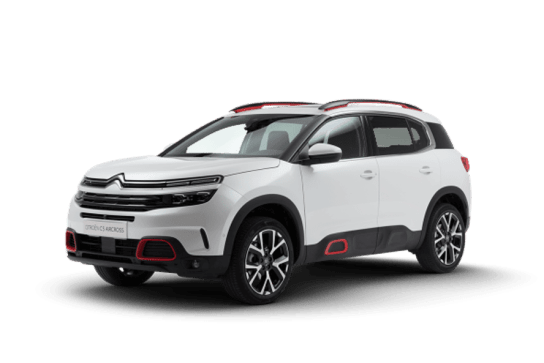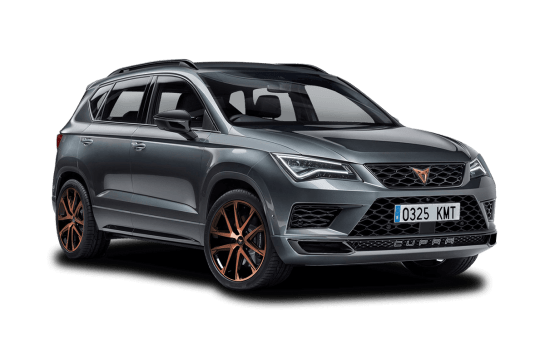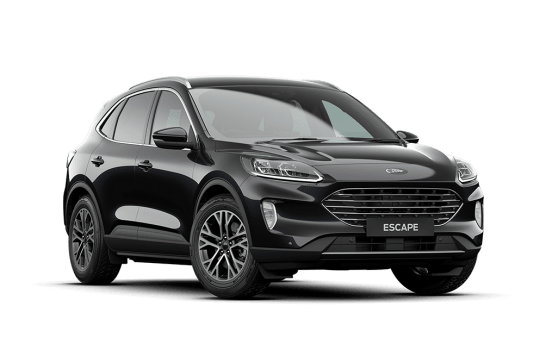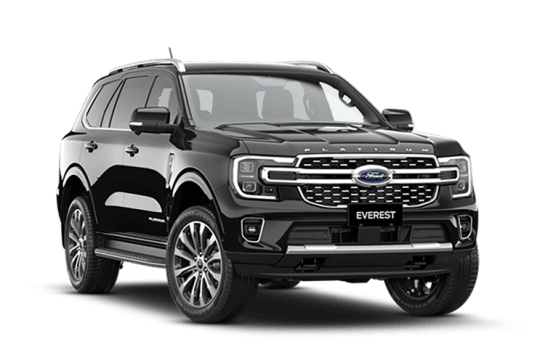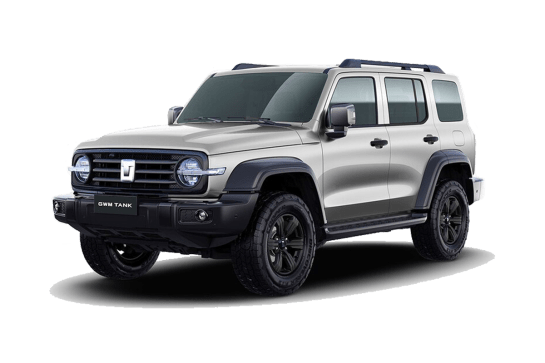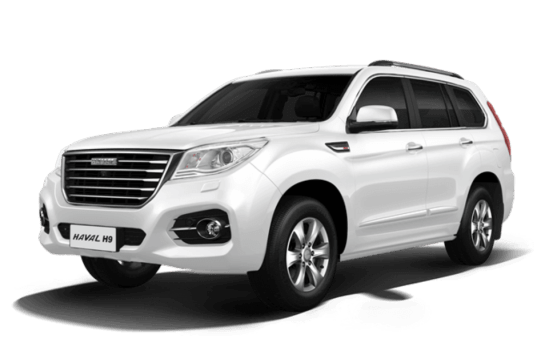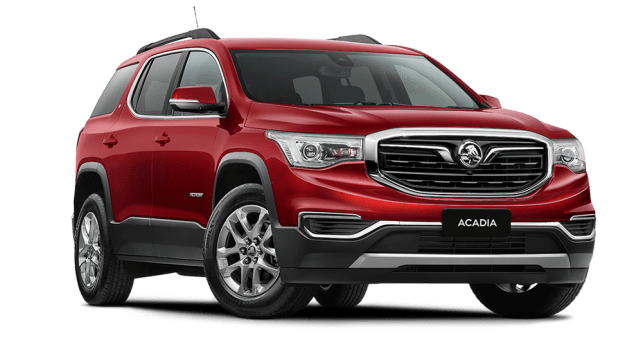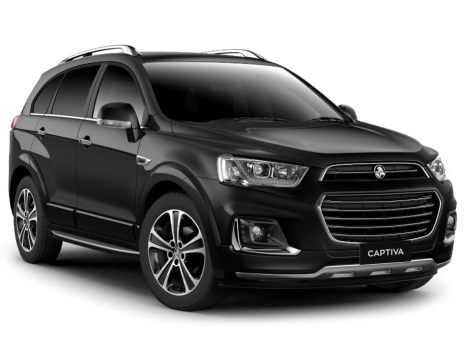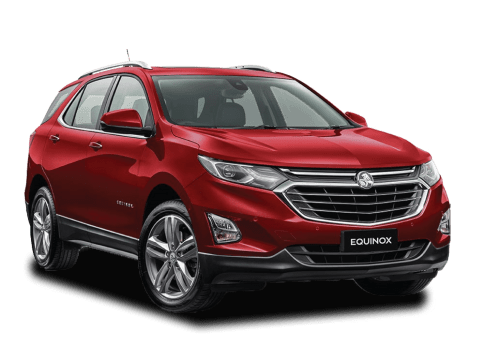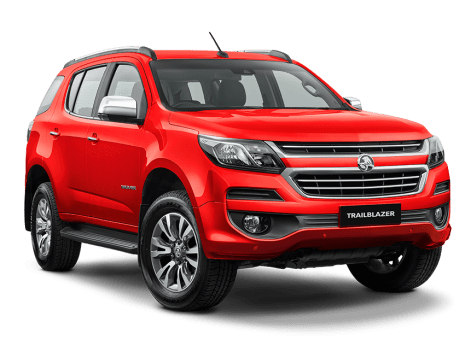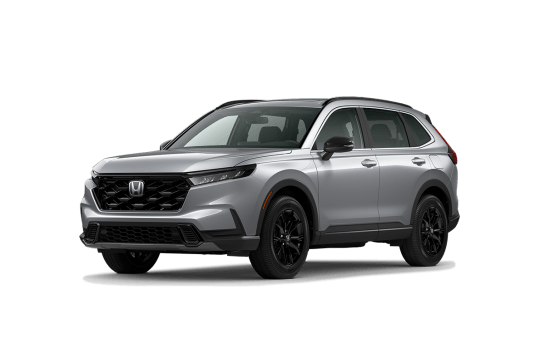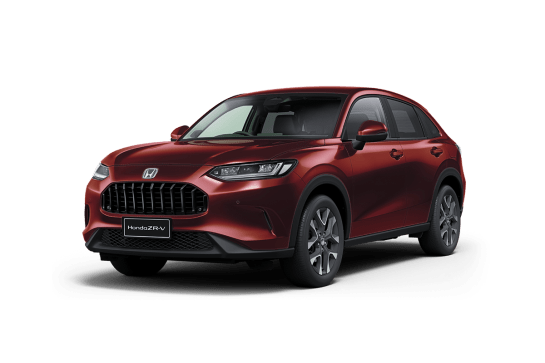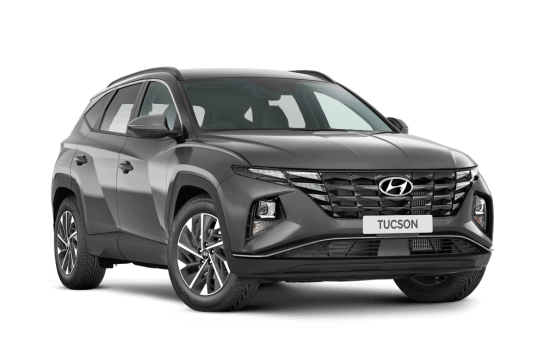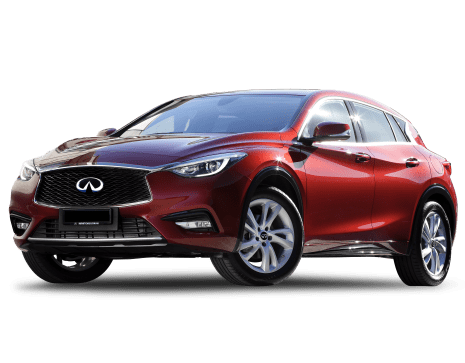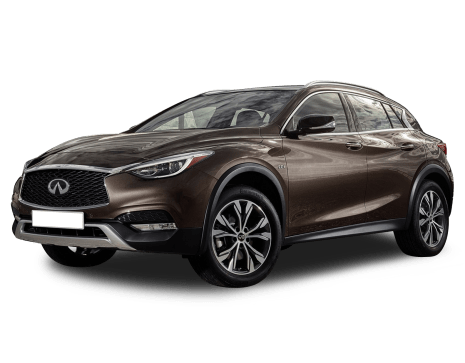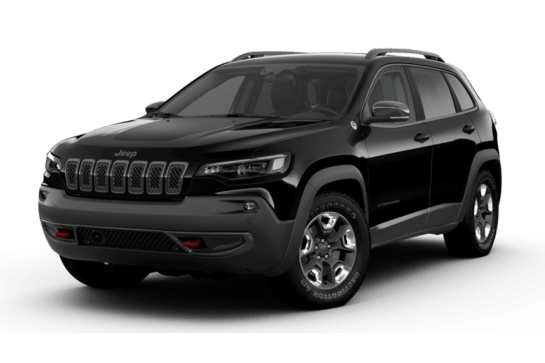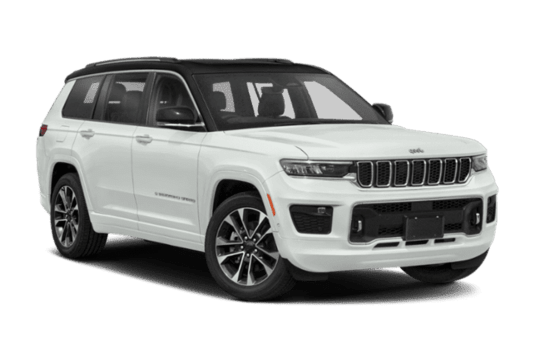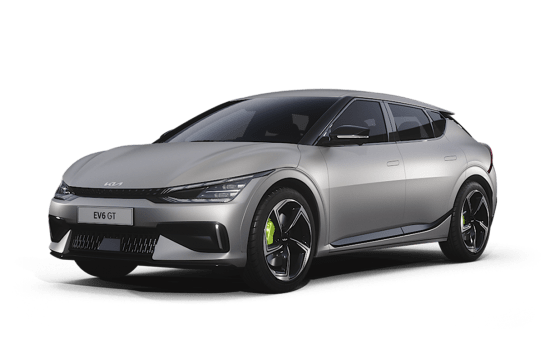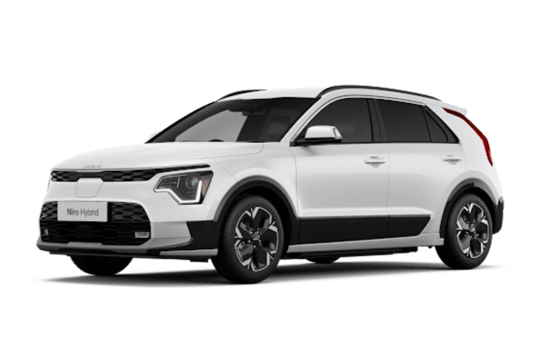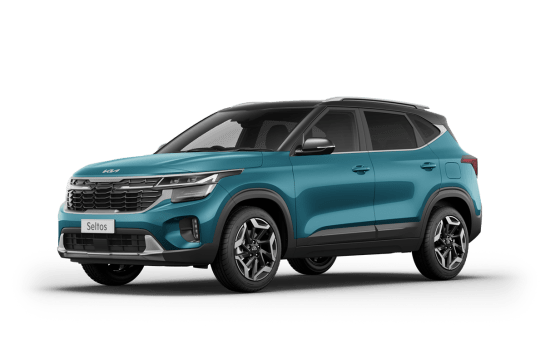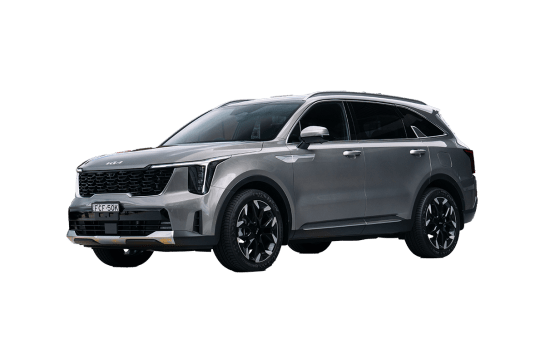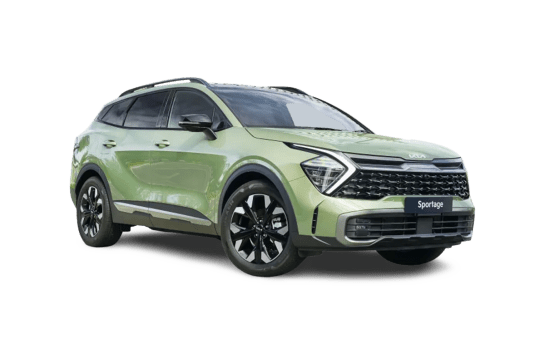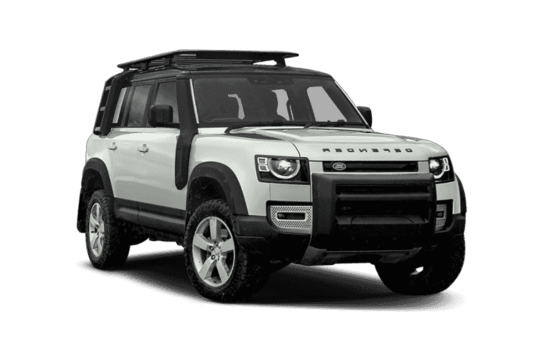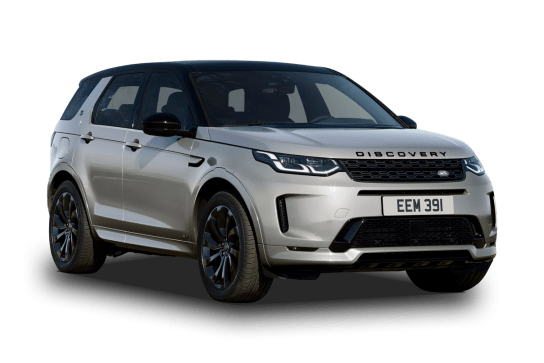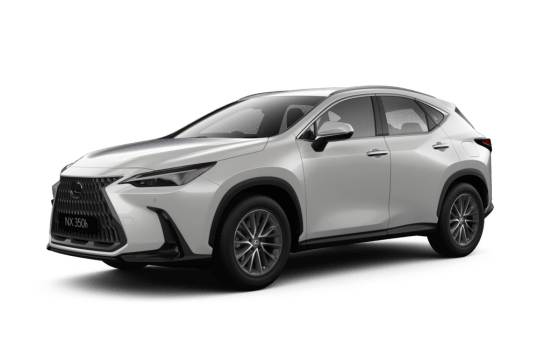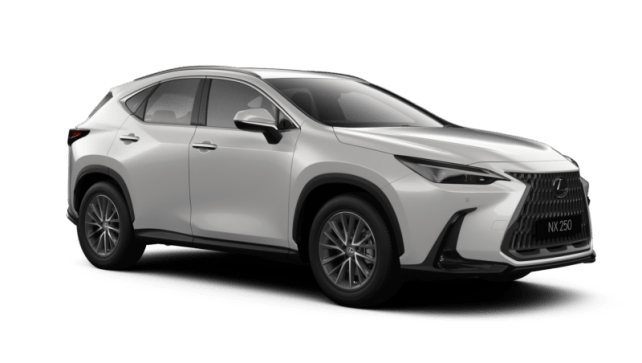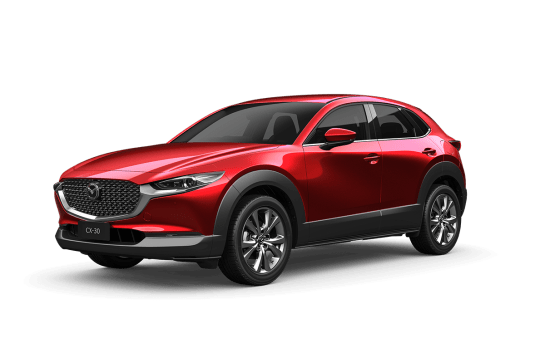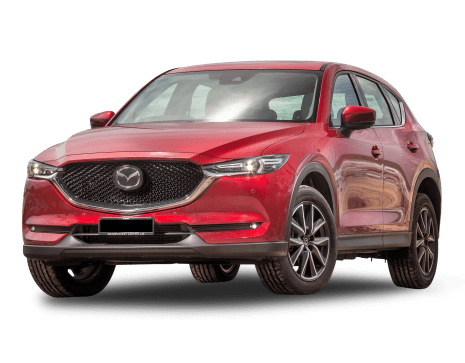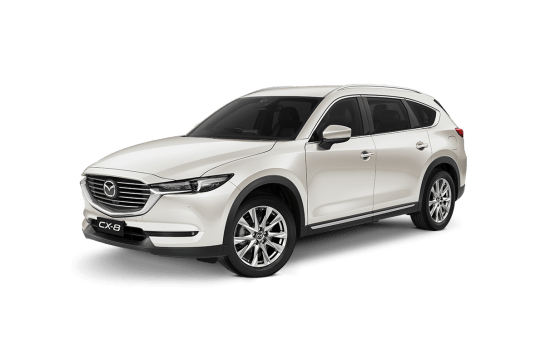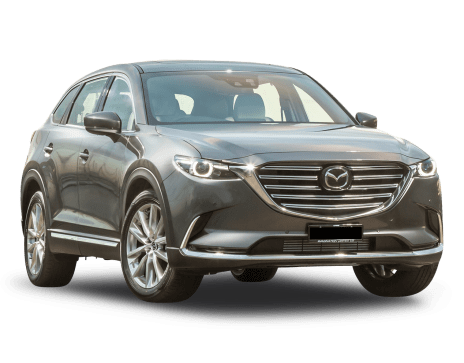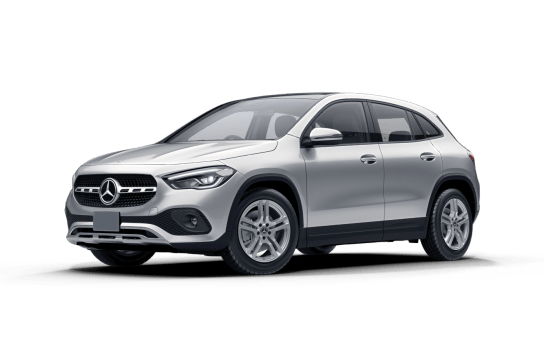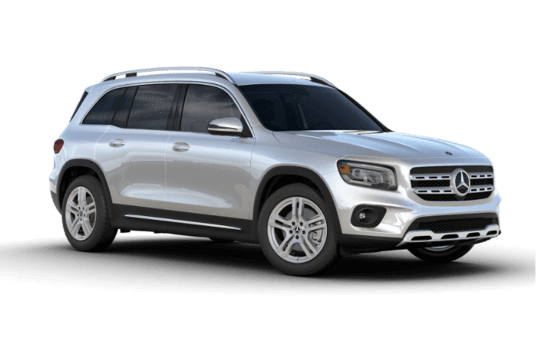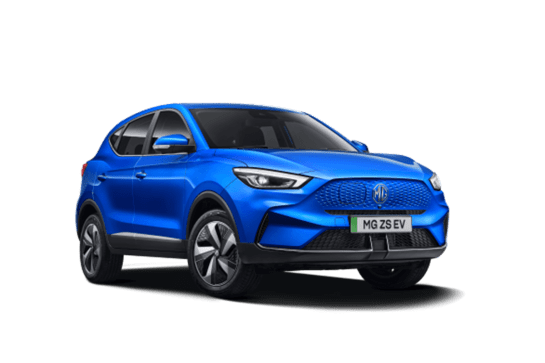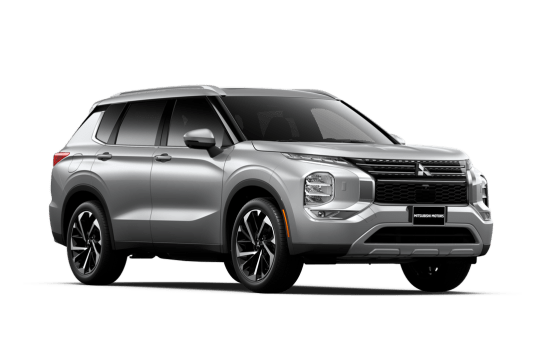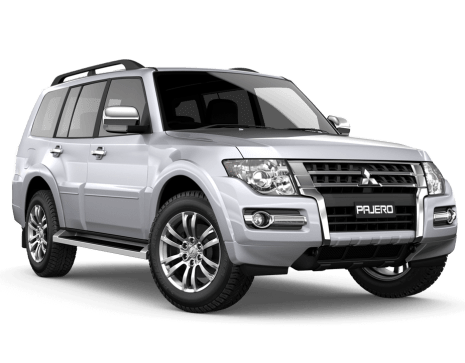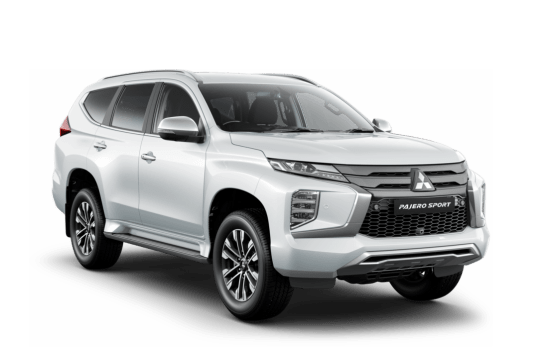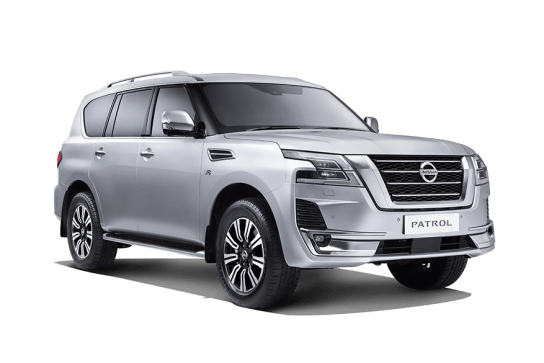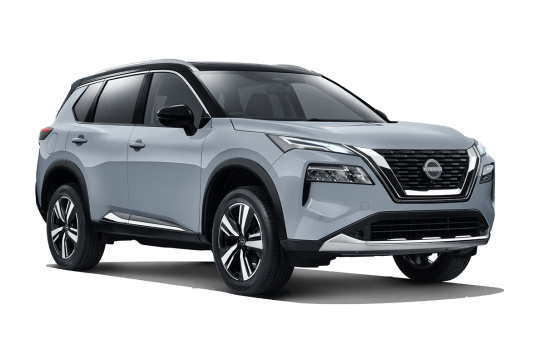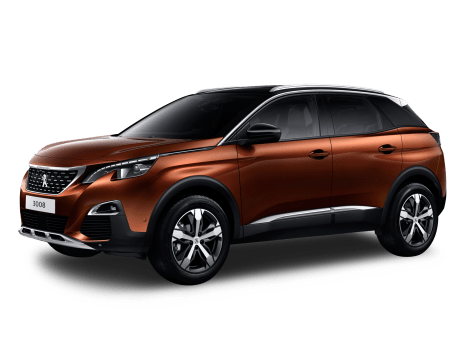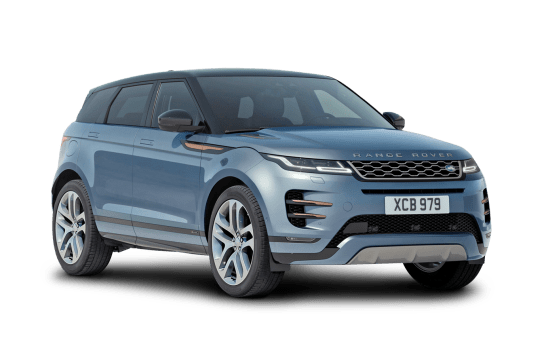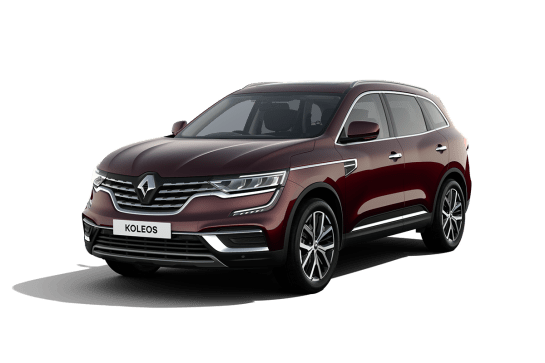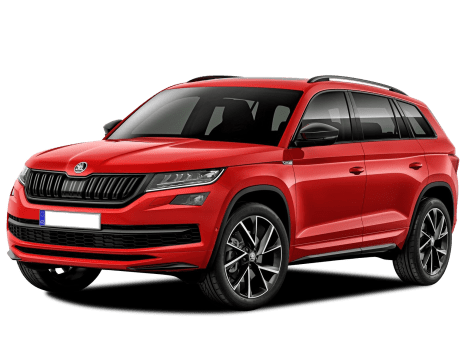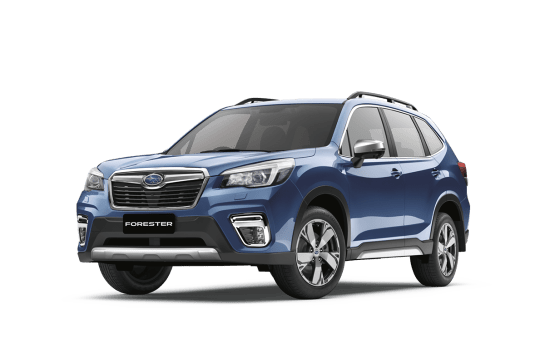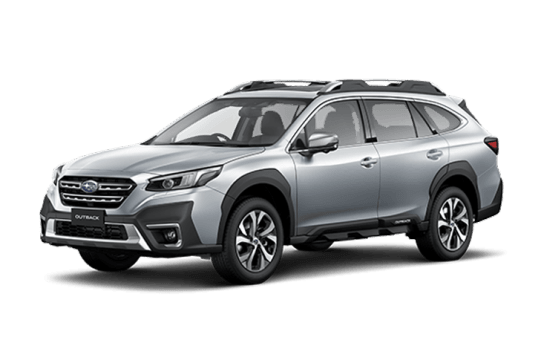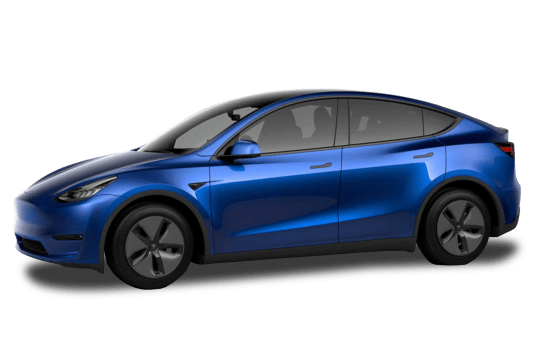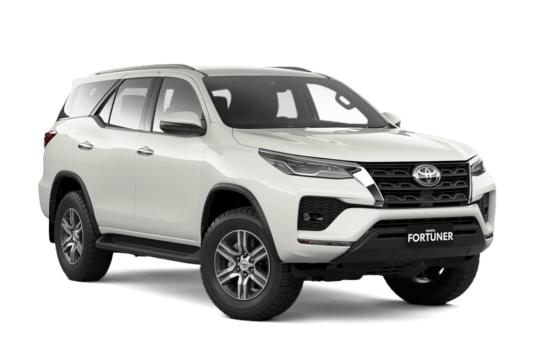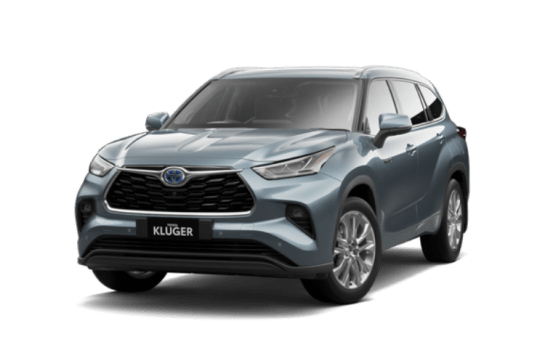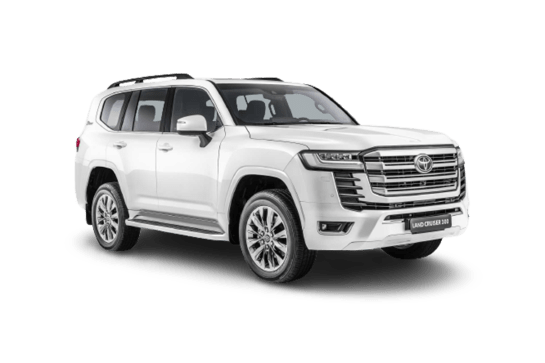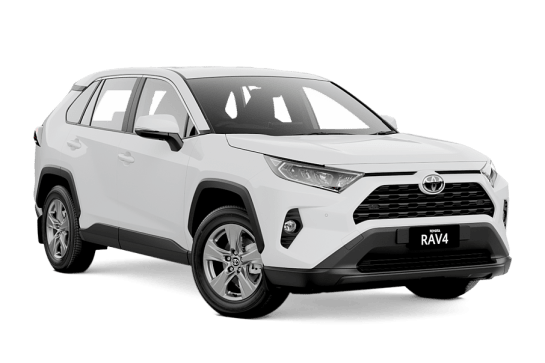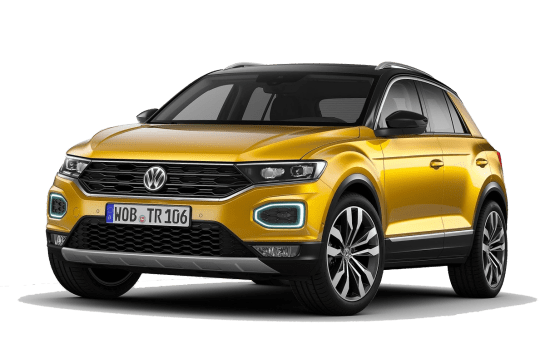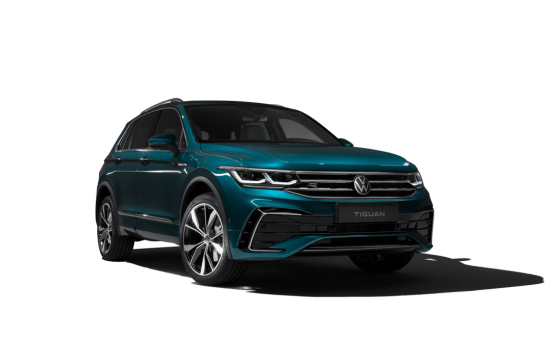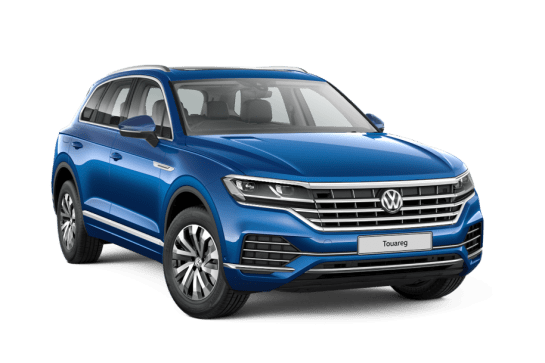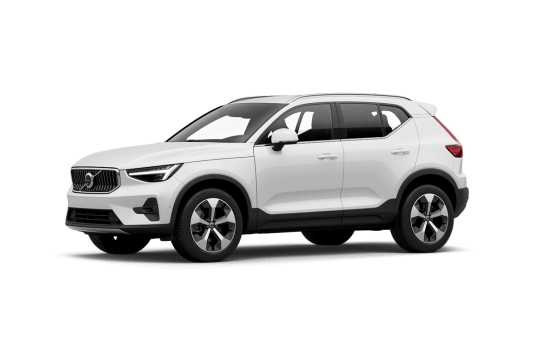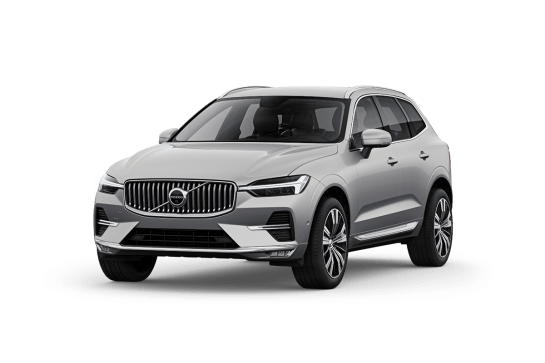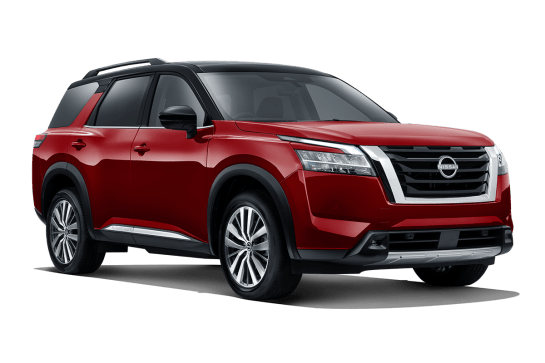
Nissan Pathfinder VS Jeep Cherokee
Nissan Pathfinder
Likes
- Interior practicalities
- Comfortable ride
- Packed with features
Dislikes
- Fuel economy
- No third-row top tethers
- Space saver spare
Jeep Cherokee
Likes
- Standard safety now on point
- True off-road ability
- Much improved visually
Dislikes
- Cramped rear quarters
- Styling still a bit 'Murican
- Thirsty V6
Summary
Nissan Pathfinder
The Nissan Pathfinder has evolved over the years from what was quite a rough-and-tumble Ford Everest style vehicle to a remarkably plush three-row family SUV.
Although it took a while to reach Australia, when the fifth-generation version landed in late 2022 it was a huge leap over its predecessor. And yet it has been a relatively slow seller in Australia.
In the first half of 2024 only 405 were registered, less than a tenth of the segment benchmark Toyota Kluger (5861 sales).
Read more about
- How this car brand has turned itself around: Nissan bounces back on the resurgence of X-Trail e-Power hybrid as an alternative to the Kia Sportage and Toyota RAV4 Hybrid
- Why the Nissan Patrol Warrior didn't become a $200,000 V8 supercharged off-road weapon and instead focused on value to challenge the LandCruiser 300 Series GR Sport
- Nissan's plan for electric car domination: Innovations at Japanese brand's Sunderland UK plant establish blueprint for 'EV36Zero' EV transition with 16 new models including next-gen Leaf and Juke
This can be largely attributed to a lack of choice in the Pathfinder range, following Nissan culling entry-grade variants early on leaving only the relatively expensive Ti and Ti-L grades, both fitted with a V6 petrol engine.
To increase customer choice, Nissan has reintroduced the ST-L mid-spec trim with the option of front-wheel drive for under $60,000, before on-road costs. But is it a good buy?
| Safety rating | |
|---|---|
| Engine Type | 3.5L |
| Fuel Type | — |
| Fuel Efficiency | 10.5L/100km |
| Seating | 8 seats |
Jeep Cherokee
The presence of a strong medium-sized SUV is of vital importance to any mainstream automotive brand at the moment. And if you do have one, to get bums on seats it needs to be absolutely on point across the spectrum.
Jeep is, according to its masters, in the midst of a renewal, with all new vehicles expected across its line by the end of 2020. The next cab off the rank is the Cherokee – codenamed KL – which launched in Australia in 2015 to a less than enthusiastic reception.
Up against sales powerhouses like the Mazda CX-5, Nissan X-Trail and Toyota RAV4, the Cherokee needs to be good looking, good value and offer good performance. How does the 2019 update stack up?
| Safety rating | |
|---|---|
| Engine Type | 2.4L |
| Fuel Type | Regular Unleaded Petrol |
| Fuel Efficiency | 8.5L/100km |
| Seating | 5 seats |
Verdict
Nissan Pathfinder7.8/10
There’s a lot to like about the Nissan Pathfinder. The current model not only looks a lot better than its predecessor but in ST-L trim — and with an even cheaper front-wheel drive model — it offers the kind of value Australian families are chasing.
For all its practicalities, towing capacity and refined driving experience, the Pathfinder’s fatal flaw is its limited engine choice. A thirsty petrol V6 with no engine start-stop tech stunts its appeal for those who live in suburban areas where a Kluger hybrid just works better.
The ST-L is a worthy consideration for your next purchase if you’re less bothered about fuel use, and it's the pick of the line-up, offering just about every creature comfort and safety feature you'd want in a good-value package.
Jeep Cherokee7.4/10
The latest Cherokee hasn’t resonated with buyers of mid-sized SUVs yet, but this facelift may bring some more potential buyers out of the woodwork – especially those looking for something with a bit of off-road ability.
Jeep is working hard to turn its reputation for poor service around as well, and its warranty and service plans are longer than those of the biggest Japanese players.
Would you prefer your SUV to have more of an off-road focus? Tell us in the comments below.
Design
Nissan Pathfinder
The Pathfinder has a lot going for it in the looks department. Lead designer Ken Lee leaned into the nameplate’s past, incorporating the three horizontal strips between the broad bonnet and 'V-Motion' grille which is encircled in chrome.
There’s real presence to this SUV (partially down to the Pathfinder's sheer size) with chunky wheel arches and plenty of vertical surfaces. The most eye catching colour is 'Scarlet Ember' red ($750) but the pearlescent 'Deep Ocean Blue' seen here is a classy look.
Every manufacturer is doing the spaced out nameplates on the boot lid now, but the Pathfinder was an early adopter and it is particularly well executed on this car. There's also the massive (in proportion to the vehicle) Nissan badges.
Inside, the Pathfinder focuses more on practicality and usability than wow-factor. There are no tacky design flourishes and the three-row SUV manages to stay on the right side of Americana, a trick the Toyota Kluger could learn.
Jeep Cherokee7/10
Thank the Lord, the ugliness is no more. There’s a difference between unusual and terrible, and the previous Cherokee - in my eyes at least - had fallen out of the ugly tree and hit every single branch on the way down. Hard.
Jeep was all too aware that the challengingly styled Cherokee had a perception problem; in fact, Fiat Chrysler Australia chief Steve Zanlunghi told us that the number one reason people chose not to buy it was because of the way it looked.
So gone is the divisive split and inverted headlight design, replaced with something that is much more closely related to the Grand Cherokee. Narrow LED headlights and a classic seven-slot grille are complemented by a new lower bumper bar and LED daytime lamps, while there’s also a new composite bonnet.
New LED tail-lights and a composite tailgate join a new bumper skin on the rear, while roof rails are now standard, along with a push-open fuel door and capless filler. It now looks much more resolved, although the excess of chrome trim on the nose does age the car prematurely.
While the interior basics are still the same, Jeep claims it’s worked hard on the ‘touch and feel’ stuff; better quality plastics, bigger oddments trays and nicer trims.
Vinyl replaces cloth on the door cards, and the electronic park brake surround has been rejigged to increase the size of the phone tray, but other than that, the interior remains largely as it was.
Practicality
Nissan Pathfinder
The Pathfinder is a thoughtfully packaged and practical vehicle, trading on more than just size with plenty of clever storage solutions.
In the front there are generous door bins, twin cupholders and a deep central cubby. But there’s more, with a thin rubberised storage shelf above the glove box perfect for phones or sunglasses and a pass-through space below the centre console for larger items.
A storage space for a smartphone is found in close proximity to USB-A, a USC-C and 12-volt sockets. All of thus is beneath a physical switch panel for the dual-zone climate control.
The 9.0-inch multimedia touchscreen is the only letdown, feeling quite small in the Pathfinder's vast cabin. It is still responsive and features wireless Apple CarPlay and Android Auto, though. The Pathfinder’s sound system is passable after tweaking the bass and treble balance.
The analogue speedometer and tachometer sits either side of a 7.0-inch media screen that gives driving information along with settings for safety systems. There are switches on the steering wheel to control major functions, including cruise control, media and the screen operation.
Among its competitive set, the US-built Pathfinder’s build quality is excellent. There are cleverly positioned soft-touch plastics and we didn’t notice any rattles over our week of testing, unlike Palisades and Klugers. The steering wheel, especially, is appointed in a high quality, smooth-grained leather.
While the ST-L may only get cloth upholstery, which is admittedly harder to clean than leather, the high-quality material is more temperature stable than the imitation cow hide often seen at this price. It’s also combined with heated front seats.
Adding to the comfort factor is power adjustment for the driver’s seat including in/out and up/down lumbar control. The passenger seat is manually adjustable but with a lever for height and the driving position is pleasingly low-set.
The low front seats open up a world of excellence for the second row’s stadium seating which gives passengers a fantastic view out. Not only is this just nice, it also helps kill travel sickness for kids (and grown-ups).
The second row is on front/back sliding rails with fine backrest adjustment to dial in a comfortable position. There’s ample room even for adults over 185cm with plenty of head, leg and toe-room.
Amenities include a third climate zone, USB-A and USB-C charge points, a total of six beverage holders and a fold-out armrest.
The Nissan Pathfinder has ISOFIX tabs in the two outboard rear seat positions. The anchors are not hidden behind a cover so there is nothing to lose and the three top tether points are big and meaty for easy access.
Nissan deserves praise for its wide opening doors, the Pathfinder’s go almost perpendicular to the body with a large square aperture making loading dogs, children or shopping extremely easy.
But there’s one crucial flaw — the back windows don’t go all the way down leaving around a third of the glass sticking up.
The Pathfinder’s three-wide third row is vast in the third row, with enough space for adults in a pinch — at least two across the three-wide bench — and up to four beverages.
The power-actuated second row gets out of the way quickly (perhaps a little too fast!) and slides back into place easily. The rear bench is split 60/40 with the long portion on the Australian kerbside.
There are no ISOFIX or top tether points in the third row of the Pathfinder ST-L which does hurt its practicality. The Ti-L features ISOFIX and top tether for one third row seat.
Aside from that, the Pathfinder is about as good as an SUV gets for practicality, though a Kia Carnival people mover has the edge for outright human carrying ability.
Behind the shapely power tailgate, the Pathfinder offers either 205L, 554L or 782L of cargo space depending on how many seats are in use. And while the smallest figure sounds compact, the space is tall and square making it quite practical. Four school bags would fit easily or five at a pinch.
With the third row stored elegantly in the floor, the space is generous although interrupted by the roof-mounted middle third-row seat belt which is a faff to unbuckle.
Amenities include two shopping bag hooks, a 12-volt socket, four tie-down points and a spacious wet storage area below the boot floor.
The spare tyre is hung beneath the Pathfinder however it is a temporary space saver, rather than a full-size item.
Despite no diesel powerplant, the Pathfinder’s towing capacity is best in class, beating both Palisade and Kluger with its 2700kg braked limit (750kg unbraked).
Though still shy of the ladder frame Ford Everest and Isuzu MU-X (3500kg), the monocoque Pathfinder’s high limit is impressive.
Jeep Cherokee7/10
The Cherokee is one of the larger medium SUVs in the burgeoning segment, with about 80mm extra length over the CX-5.
Unfortunately, that doesn’t extend to more room inside the cabin. The second row of seats can be a cramped place to sit, especially if the occupants are even slightly taller than average.
Throw in a small rear door aperture and – if you have one fitted – a crazily low sunroof headliner, and the back can soon becomes cramped for teens and grown-ups. The seat backs can be reclined to help out here, though.
On the up side, the Cherokee has three ISOFIX baby seat mounts, which is unusual, as well as rear vents and a pair of cupholders in a pull-down armrest.
Bottles can also be added to the four doors, and there’s a decently sized centre console bin behind two front cupholders.
Front seat occupants fare well enough, with decently bolstered and supportive seats. However, the driver’s position is more than a little compromised, thanks to a huge, bulbous protrusion on the transmission tunnel that gets in the way of your left leg, and there’s nowhere to rest your left foot. Surely a plastic footrest for RHD markets wouldn’t be a big expense.
The wheel is comfortable enough, but could extend towards the driver another 15 or 20mm, and I inadvertently opened the powered tailgate a couple of times when trying to start the car; both buttons are round and located in places where such buttons should be.
Boot capacity has been increased by 84 litres to 784 litres by way of a two-level boot floor, though bear in mind this is measured via the SAE standard, and not the VDA standard used by virtually everyone else.
A full-size steel wheel serves as a spare for all variants.
Price and features
Nissan Pathfinder
The ST-L is not lacking for features, with 18-inch alloy wheels, a 360-degree camera view system, tri-zone climate control, a head-up display, built-in navigation, wireless Apple CarPlay and Android Auto, front and rear parking sensors, cloth upholstery and heated seats.
The front-wheel drive ST-L starts at an impressive $59,670, undercutting the Hyundai Palisade Elite ($66,800) and more spartan Toyota Kluger GX hybrid ($60,920). The all-wheel drive ST-L seen here costs $64,170, with all prices before on-road costs.
As for other Pathfinder trims, the Ti adds a more powerful stereo, leather-accented upholstery and different wheel designs for $67,990 (in front-wheel drive) and the full-fat Ti brings a digital driver’s display, 20-inch alloy wheels and second row captain’s chairs — dropping seat capacity to seven — for $82,490, all before on-road costs.
Jeep Cherokee7/10
Jeep claims it’s in a space called ‘access premium’ – think premium economy – that offers extra kit on its cars at a more affordable price. It sees itself rivalling the likes of the Honda HR-V and Hyundai Santa Fe, rather than the CX-5.
The updated Cherokee will maintain the status quo when it comes to the model mix, with the entry level Sport keeping its $35,950 (plus ORCs) price tag.
For that, you’ll get a five-seat SUV with a 130kW 2.4-litre naturally aspirated petrol engine, backed up by a nine-speed automatic gearbox driving the front wheels.
As well, you’ll also score LED headlights and tail-lights, a 7.0-inch 'Uconnect' multimedia system with Apple CarPlay and Android Auto, leather-wrapped wheel and gear knob, roof rails and a comprehensive suite of driver aids over and above the outgoing model.
That suite of driver aids includes high-speed forward collision warning with AEB and pedestrian emergency braking, advanced lane departure warning and rear cross-traffic alert.
It only has cloth trim, regular lights and wipers and single-zone air, though, so you’ll need to look at the Longitude ($41,950 plus ORCs) for more of the good stuff.
It adds AWD to the 2.4-litre four-cylinder powertrain, as well as auto lights and wipers, a multi-mode traction management set-up, powered front seats, parking sensors, a powered tailgate with foot activation (only if the wind is blowing the right way and Jupiter is in crescent moon ascending, if our brief and fruitless testing is anything to go by) and push-button start with keyless entry.
Add $5000 to get into the Limited, and you’ll get a proper low-range 4x4 drivetrain hooked up to a 3.2-litre V6 petrol engine, leather upholstery with heated and vented front seats, 18-inch rims, a larger 8.4-inch multimedia system with sat nav and a colour screen between the dash dials, along with adaptive cruise control and auto parking.
Topping the tree is the $48,450 Trailhawk, Jeep’s self-rated offroad-ready version of the Cherokee that complements the Wrangler and Grand Cherokee Trailhawks.
It’s the more rugged version of the Limited, and its triple-diff 4x4 drivetrain also includes a low-range transfer case, the ability to lock all three diffs, hill ascent and descent control, taller suspension, unique bumpers and underbody skid plates, offroad-spec rims and leather/cloth seats.
The Trailhawk makes up about 10 per cent of the model sales at present – given there’s only been 324 sold all year so far (as opposed to 16,000 for the CX-5), it’s still not a big number.
On balance, the Cherokee starts further up the ladder price-wise than its rivals, but there’s value to be found in the additional off-road performance – and the new additions have come at zero cost over the old car.
Under the bonnet
Nissan Pathfinder
The Nissan Pathfinder is only available with a petrol engine. It is an all-aluminium dual overhead cam direct and multi-point injection 3.5-litre V6. It's part of Nissan’s ‘VQ’ engine family that has been around since 1994.
The V6 develops 202kW at 6400rpm and 340Nm at 4800rpm which are respectable outputs. The torque builds steadily from around 3000rpm and starts to really move the Pathfinder above 4000rpm.
The lusty engine note is a nice touch in a world dominated by down-sized turbo-petrols and hybrids. There’s something refreshing about the natural response of a large capacity naturally aspirated engine, too, interfacing slickly with the nine-speed automatic transmission.
Jeep Cherokee7/10
The 2.4-litre 'Tigershark' engine makes 130kW and just 229Nm of torque, while the heavier 3.2-litre 'Pentastar' V6 offers up 200kW/315Nm.
All variants use the Chrysler-designed ZF-sourced nine-speeder, which has seen its transmission maps updated for this facelift.
There are effectively three drivetrain types; front- and all-wheel drive for the four-cylinder Sport and Longitude, and 4x4 for the Limited and Trailhawk, both of which use the V6.
The 4x4 system is 8.0kg lighter than previously, too.
Hill descent and ascent is standard on the V6-powered cars, while 'Select Terrain' offers up Auto, Snow, Sport and Sand/Mud settings. Trailhawk adds extra elements including a rock crawling mode, as well as a mechanical locking rear diff, and electronic locks for the centre and front diffs.
Towing isn’t exactly a forte, though all will deal with a small van or boat. The base car will haul 1500kg, while the other three can handle 2200kg of braked trailer each.
Efficiency
Nissan Pathfinder
For all the benefits of that large capacity V6 it has a fatal flaw and that is fuel efficiency — particularly around the suburbs.
The Pathfinder’s rated fuel consumption is 10.5L/100km in the ADR combined (urban/extra urban) cycle with 245g/km CO2 outputs, however it is much thirstier around town.
After 100km of suburban driving in Sydney, the Pathfinder’s trip computer read 15.3L/100km. It lacks an engine start-stop system to save precious millilitres when sitting at traffic lights.
Other large V6 vehicles will be similar, or probably slightly higher in the case of the multi-point injected Palisade, but the gold standard in this segment is the Toyota Kluger hybrid which easily returns figures of 6.0L/100km or less in pretty much all driving.
A longer 200km loop taking in motorways and country roads saw the Pathfinder consume fuel at 11.4L/100km which is an improvement but still very high.
Our observed fuel consumption gives the Pathfinder, with its 71L tank, a theoretical driving range of 602km. It will happily take standard 91 RON unleaded at the pump.
Jeep Cherokee7/10
Claimed fuel consumption figure for the smallest engine is 8.5 litres per 100km on the combined fuel economy cycle, 9.8L/100km on the V6 Limited and 10.2L/100km for the Trailhawk.
A 90km highway stint in the latter saw a dash figure of 12.1L/100km, while a similar distance in the Limited yielded 11.8L/100km.
All variants use a 60-litre fuel tank, and will accept regular unleaded fuel. The lightest Cherokee weighs 1590kg and the heaviest is 1889kg.
Driving
Nissan Pathfinder
The Nissan Pathfinder is a remarkably pleasant drive. It is smooth and quiet on the motorway, comfortable around town and talented on testing Australian country roads.
Nissan has managed to nail the fundamentals including a well-weighted electronic power steering system, good ride comfort at high and low speeds and impressive body control for a high-set 2052kg vehicle that rides on passive dampers.
The 18-inch alloys are wrapped in 255/60 Kumho Crugen HP71 tyres which are notably cushier than the Ti-L’s bigger 20-inch alloy wheels shod with 255/50 rubber.
Being a car-based SUV, the Nissan Pathfinder is more comfortable and a sportier drive than more off-road focused vehicles such as the Ford Everest and Mitsubishi Pajero Sport. It is not as dynamic as smaller seven seaters such as the Kia Sorento but is still secure and stable.
There are seven drive modes in total, with three ('Sand', 'Mud' and 'Snow') dedicated to off-roading, a further trio ('Auto', 'Eco', 'Sport') for the tarmac and a dedicated 'Tow' mode.
Along with adjusting steering weight and shift logic, the all-wheel drive Pathfinder adjusts the torque split settings. It can be a little slow to shift torque to the front wheels leading to chirping on fast getaways but it is mostly solid and a worthy $4500 investment over the new front-wheel drive only model.
Visibility is not great with a high belt line and low-set driving position. With the third row's large headrests up it's hard to see out the rear window, too, so it can be difficult to judge kerbs and walls while parking. A standard 360-degree camera system helps in low-speed manoeuvring.
Jeep Cherokee8/10
Over a 200km-odd drive route in the Limited and Trailhawk V6s, the Cherokee reinforces its position as a more rugged and ready SUV. It lacks the absolute precision and poise of more road-oriented rigs, but – and particularly in the case of the Trailhawk – shows its chops when the going gets a bit steep and slippery.
The V6 I sampled is adequate rather than enthusiastic, and it doesn’t make soul-stirring noises, but it’s linear and reasonably responsive underfoot. I found the throttle to be a bit sticky underfoot, which made smooth pull-aways a pain at times, but its relationship with the nine-speed auto is a good one.
The Cherokee’s electrically assisted steering verges on being too light and vague, but body roll suppression is really impressive, especially across the front axle, while ride quality is excellent.
A quick – or slow, in this case – lap of a genuinely rugged off-road course shows that the Trailhawk is more than a rebadging exercise. With bespoke bumpers, underbody protection and proper off-road tyres, the smaller form factor of the Cherokee Trailhawk would make for a very handy full time off-roader for a couple, if ultra-long range touring wasn’t a consideration.
Safety
Nissan Pathfinder
The Nissan Pathfinder received a maximum five-star ANCAP safety rating in 2022.
It has a total of nine airbags including dual front, a front centre, side chest for first and second rows and curtain airbags covering all three rows, unlike some smaller rivals.
Active driver assistance systems include autonomous emergency braking (AEB) that can detect cars, pedestrians, cyclists and motorcycles.
The AEB system functions front and rear and includes junction cross-traffic detection. Lane-keep assist, blind-spot monitoring and speed sign detection are also standard. Stability control and ABS systems intervene early and smoothly.
Going further than just having the systems, the Pathfinder’s integration is very good. The adaptive cruise control is smooth, the lane-trace assist is mostly good. They can all be easily disabled if you like, too.
Jeep Cherokee8/10
Active forward collision warning and AEB, advanced lane departure wanring and rear cross traffic alert are now standard across the four-model line-up. Adaptive cruise is optional on the Longitude and standard on the Limited and Trailhawk.
LED headlights are also standard across the line, as well as six airbags, rear view camera with guidelines and parking sensors (from the Longitude up).
Jeep is currently in a wait-and-see situation with its ANCAP rating, which currently sits at a maximum five-star rating under last year’s rankings, but it expects to be issued a similar score from the safety body.
Ownership
Nissan Pathfinder
Nissan recommends the Pathfinder is serviced every 12 months or 15,000km, whichever comes first.
You can pay-as-you-go ($2592) or up front ($2333) which saves $259 over five years ($518.40/$466.60 average per workshop visit).
Those service price options are closely aligned with the Hyundai Palisade ($2345) but Toyota’s $1325 Kluger offer remains unbeaten.
A five-year, unlimited kilometre warranty covers all Nissan vehicles in Australia. It is now the standard with other marques, including Kia, MG and Mitsubishi pushing boundaries with longer seven and 10-year offers.
Jeep Cherokee8/10
Jeep offers a five-year/100,000km warranty program that includes five years of roadside service and fixed price servicing.
Service intervals are 12,000km or 12 months, and five years of servicing on all drivetrains equals $2650 (August 2019).

